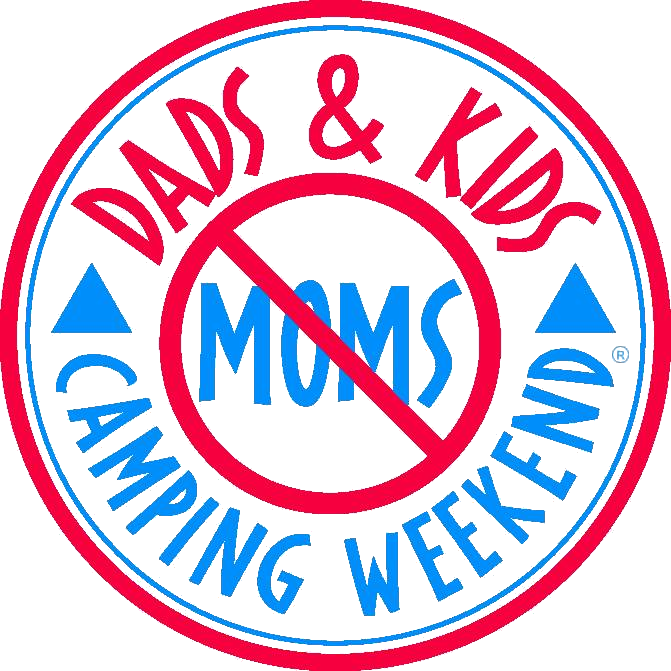A Beginner’s Guide to Family Camping
There are few rites of passage as exciting as taking a child on his or her first camping trip. Families bond while grilling hot dogs and toasting marshmallows, making shadow animals on tent walls, chasing after fireflies and inhaling fragrant whiffs of pine. Camping is the perfect way to reconnect with the outdoors, nature, and your family. This guide for beginners will help you plan your first adventure!
In a world dominated by gadgets and smart devices, it’s just healthy to return to nature once in a while. No matter how advanced technology becomes, we’ll always find the need to relax, put our phones down, and enjoy some new scenery.
This is probably why camping is still one of the top choices for families looking for a fun activity. Not only does it relax the mind, it is also a pretty exciting adventure. If you’re about to go camping for the first time, here’s an easy guide to help you prepare.
What to Bring on a Camping Trip
Camping essentials are probably everyone’s utmost concern. Who wants to leave important stuff behind? You don’t want to end up rubbing stones together to make fire. With that said, don’t forget to bring some matches. Add in a couple of flashlights, appropriate clothing, your sleeping gear, and you’re good to go.
If you’re heading to a well-known outdoor recreation area with dependable outfitters, you can often find equipment to rent. If not, you’ll need at least a good tent and sleeping gear. When buying tents, look for ease of assembly and make sure you have enough floor space for all the kids and a bag or two of clothing. Handy extras include inside pockets for eyeglasses and flashlights and a rope clip hanger on the ceiling for hanging a battery-operated lantern.
If you have babies, don’t forget their important items too. This can include diapers, milk, bottles, pacifiers, medicines and a toy or two.
Speaking of meds, carry a first-aid kit as well. Complete it with the basics like Band-Aids, gauze, rash cream, antibacterial cream, anti-allergy meds, sunburn cream and other medicines prescribed by your doctor.
If swimming and hiking are possible at the campground, don’t forget your swimsuits and hiking gear.
Choosing A Campsite
There are campgrounds in every state in our country. You just have to choose a location that you are willing to travel to. There are different types of campgrounds you can choose from, too.
Depending on your preferences and budget, you can stay at a luxurious resort-type campsite (referred to as "glamping," or glamorous camping), or opt for basic outdoor camping if you want to experience roughing it in the wild.
You can also go to campgrounds that welcome RVs and camping trailers if you’d rather not sleep in a tent. But as a whole, the principle is that the more money you spend, the better the amenities that you will experience.
Some campgrounds have full baths and toilets and others just have outhouses. Additionally, each campsite is different. There are those that are more social than others, hosting scavenger hunts, ranger talks and other activities for the kids.
Make Meals Memorable
Because campfire or outdoor cooking is so much of the camping experience, be sure to let kids get involved in planning the menu. Let them pick out special snacks such as applesauce squeeze tubes or energy bars. I suggest bringing food items that are easy to eat like bread, spreads, energy bars, and cheese. Fruits and veggies, such as baby carrots, apples, pears and oranges are great picks, too.
You can definitely also enjoy the camping tradition of making s’mores by the campfire. Add some graham crackers and chocolate to your toasted marshmallows, and your snack is complete.
Do A Trial Run
When you’re ready to go camping, do a practice overnight in your backyard. You can test gear, troubleshoot any snags or figure out if anything essential is missing — like functioning batteries for flashlights, bug spray or tent poles. It will also allow you to see whether you’ll be comfortable and warm enough and if younger children can go to sleep with different surroundings and nocturnal noises. This will help ease any anxiety about the upcoming camping trip.
Activities & Fun Time
Take along a handful of easy-to-pack things to do, such as a ball or Frisbee for playing catch, buckets and shovels for building sandcastles on beaches, a notebook and colored pencils for starting a nature journal, or mason jars for collecting bugs to study and release.
Most days will likely be filled with hiking, swimming and sightseeing, followed by watching the sunset or moonrise and connecting stars into constellations at night. Two great investments: plastic playing cards that can survive rain and morning dew and headlamps that allow kids (and parents) to see where they’re going at night. If the headlamps don’t stay on your head, flashlights work just as well, hanging loosely around your neck with the light pointed forward.
Read more about it in my handbook – The Dads & Kids Camping Handbook – now available on Amazon Kindle - https://www.amazon.com/Dads-Kids-Camping-Handbook-much-deserved-ebook/dp/B088F47TQJ
